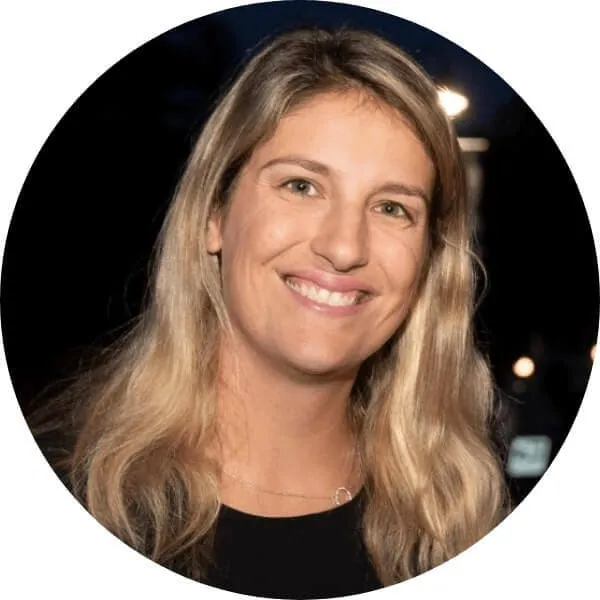Pipeline Power Hour: Marketing, Fall '23
Get ready for an hour of back-to-back masterclasses from some of the best in tech on the channels we’re all trying to perfect, hosted by our VP of Demand Gen, Sarah McConnell.






.webp)


Get ready for an hour of back-to-back masterclasses from some of the best in tech on the channels we’re all trying to perfect, hosted by our VP of Demand Gen, Sarah McConnell.






The relationship between engineers and marketers has never been so central as it is in the Age of AI. As we all seek to learn and educate our customers on new tech, how can we partner with our product engineering org to maximize everyone's knowledge and success?
Stay up to date with weekly drops of fresh B2B marketing and sales content.
Get ready for an hour of back-to-back masterclasses from some of the best in tech on the channels we’re all trying to perfect, hosted by our VP of Demand Gen, Sarah McConnell.






.webp)
Stay up to date with weekly drops of fresh B2B marketing and sales content.
Get ready for an hour of back-to-back masterclasses from some of the best in tech on the channels we’re all trying to perfect, hosted by our VP of Demand Gen, Sarah McConnell.






.webp)
Stay up to date with weekly drops of fresh B2B marketing and sales content.
Get ready for an hour of back-to-back masterclasses from some of the best in tech on the channels we’re all trying to perfect, hosted by our VP of Demand Gen, Sarah McConnell.
.webp)


Discover how we can help you convert more prospects into pipeline–right from your website.